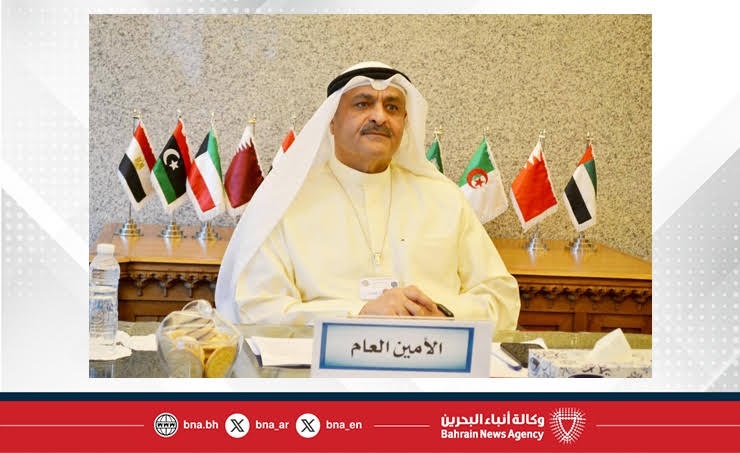Arab States' Ambitious Plans for Low-Carbon Hydrogen Production
Key Ideas
- Nine Arab states aim to produce 8 million tonnes of low-carbon hydrogen annually by 2030, with a target to double output by 2040 if the global market matures.
- Initiative in collaboration with the Russian Federation focuses on studying storage and transportation methods for hydrogen in liquid and gaseous forms.
- Arab states are increasingly investing in hydrogen to meet demand in Europe and Asia, with a fourfold increase in announced hydrogen projects between 2021-2024.
- Six Arab states have finalized their national hydrogen strategies, while others are in the process, emphasizing the importance of a global hydrogen economy.
Jamal Al Loughani, Secretary General of the Arab Energy Organisation (AEO), disclosed that nine Arab states have set ambitious targets to produce eight million tonnes of low-carbon hydrogen annually by 2030. The goal is for this output to double to 27.5 million tonnes per year by 2040 if the global hydrogen market matures. A joint initiative between the AEO and the Russian Federation is focusing on studying different methods for storing and transporting hydrogen in both liquid and gaseous states. The UN Group of Experts on Gas in Geneva has welcomed this initiative, which is part of the 2026 programme of work. The increasing investments in hydrogen by Arab states are driven by the rising demand in major markets like Europe and Asia, along with the development of domestic applications in industrial and transport sectors. The number of hydrogen projects in Arab states has increased significantly, reaching 127 projects by the end of 2024 compared to 34 in 2021. These projects include production, export, transportation via pipelines from North Africa to Europe, and usage in land and marine transport, including ship fuel. Six Arab states have already finalized their national hydrogen strategies, while others are in the process, with some having completed their national hydrogen roadmaps as well.
